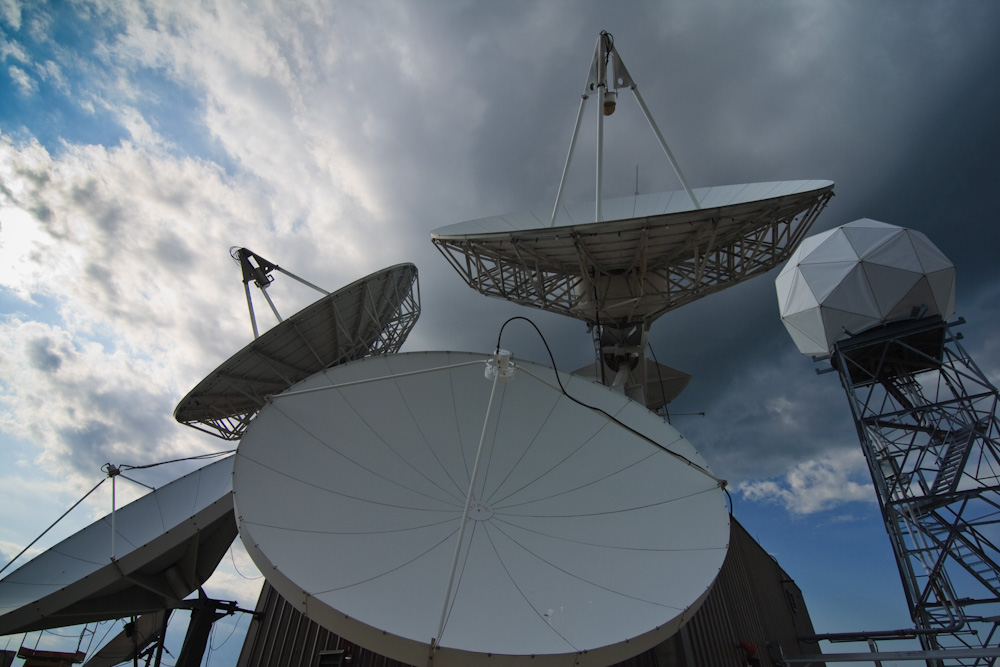Satellite Internet is not new. EUTELSAT, SES Astra, Telesat, HughesNet, and ViaSat have launched Internet satellites since the early 2000s. Most are geostationary satellites at 36,000 kilometres. LEO satellites can eliminate the drawbacks of this Internet supply. They are cheaper to build and install than geostationary or fibre satellites. Satellites’ proximity to Earth and shorter data transmission distances allow for faster Internet speeds and lower latencies.
Satellite Internet works like a cell phone and tower. Satellite receiver-transmitter technology links two line-of-sight points. They can talk to Internet-connected ground stations on Earth. In September 2021, Starlink launched new satellites with optical communication or laser connectivity between satellites. This technological innovation slowed company launches in 2021. This technology could eventually increase transmission speeds faster than fibre.
Read more: Service assurance & delivery in the 5G network are guaranteed with observability
Residential users could enjoy digital entertainment without lags with faster satellite Internet. Rural companies and island populations, many of which lack submarine fibre connectivity, also benefit. With LEO connectivity, these locations could process data in real-time to respond to changing market and customer demands or optimize their cybersecurity strategy. After all, the faster data anomalies and potential threats are identified, the faster attacks can be mitigated. This requires fast Internet. Many companies now migrate data, applications, and processes to the cloud, which could be done company-wide. Employees may consider remote work if corporate resources are accessible.
Challenges for service providers as fibre continues to be a necessity
Satellite Internet providers are not necessarily satellite network operators. They face many challenges. LEO satellites orbit Earth at 27,000 km/h. Thus, uninterrupted connectivity requires a large number of satellites communicating with each other and frequent, continuous handovers to ground stations. Data transmission depends on weather, because satellites and ground stations can only communicate visually. When deploying LEO satellites for Internet connectivity, providers must consider these limitations.
It will take a long time before widespread access to high-speed fibre-optic Internet is ensured by network coverage. In the meantime, satellites can help fix the problem and cut costs
The infrastructure includes satellites, ground stations, and more. The latter needs ground-based high-performance interconnection to other networks. Internet service providers benefit from Internet Exchange (IX) interconnection ecosystems. The provider’s ground station must be connected via fibre-optic cable to a data centre, which is connected to the nearest Internet Exchange via fibre. The IX will allow satellite Internet providers to connect to relevant networks and offer high Internet speeds and low latency. Thus, fibre remains crucial, even supporting potential alternatives.
Which is better? A temporary fix or a permanent one?
The deployment and initial usability of a LEO satellite Internet network are relatively quick and inexpensive. Faster data transfer rates and reduced latency are made possible by the satellite’s proximity to Earth. Therefore, it provides an excellent chance to back network growth and extend Internet access to rural areas before fibre-optic infrastructure is fully deployed.
Read more: How the shift to voice payments will change the digital payment landscape in India in 2023
In terms of speed and latency, however, fibre remains vastly superior to its satellite-based competitor. Additionally, fibre remains the backbone of the ground infrastructure supporting satellite Internet. It is unlikely that satellites will ever be able to replace the fibre optic network completely, and its operators likely have no intention of doing so.
However, it’s becoming clear that having both technologies coexist in a meaningful symbiosis where they can mutually benefit from each other is where the greatest value is created. It will take a long time before widespread access to high-speed fibre-optic Internet is ensured by network coverage. In the meantime, satellites can help fix the problem and cut costs. On the business side of things, a similar situation exists. For the foreseeable future, satellite Internet can be an enormous asset for businesses in rural areas, allowing them to finally adopt long-overdue technological innovations. However, the fibre-optic network will eventually render even this location redundant.

Guest contributor Sudhir Kunder is the Country Director of DE-CIX India, a regional Internet peering and interconnection hub for major Indian and international networks. Any opinions expressed in this article are strictly that of the author.












